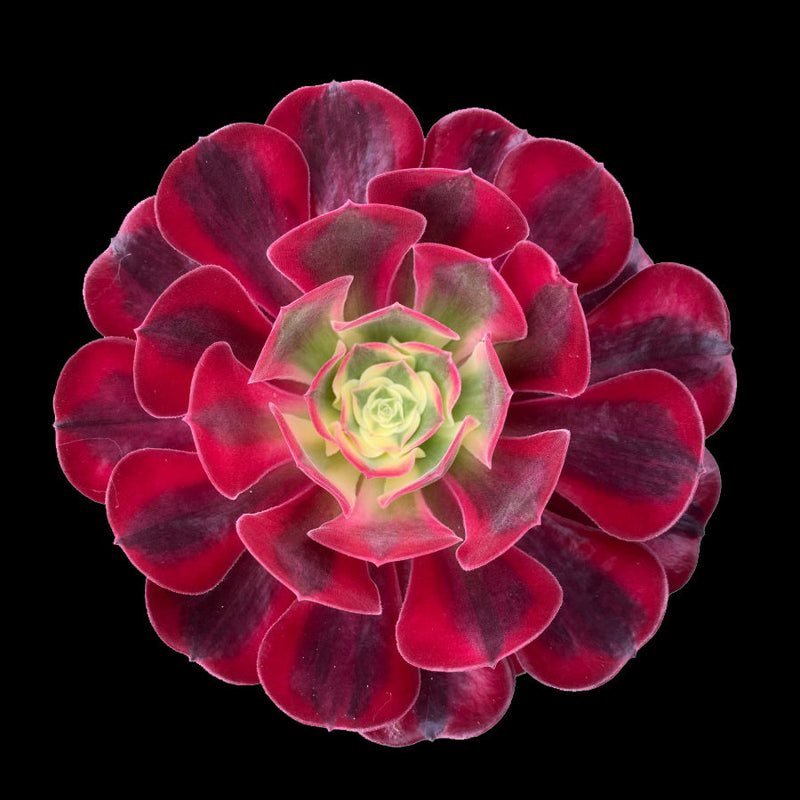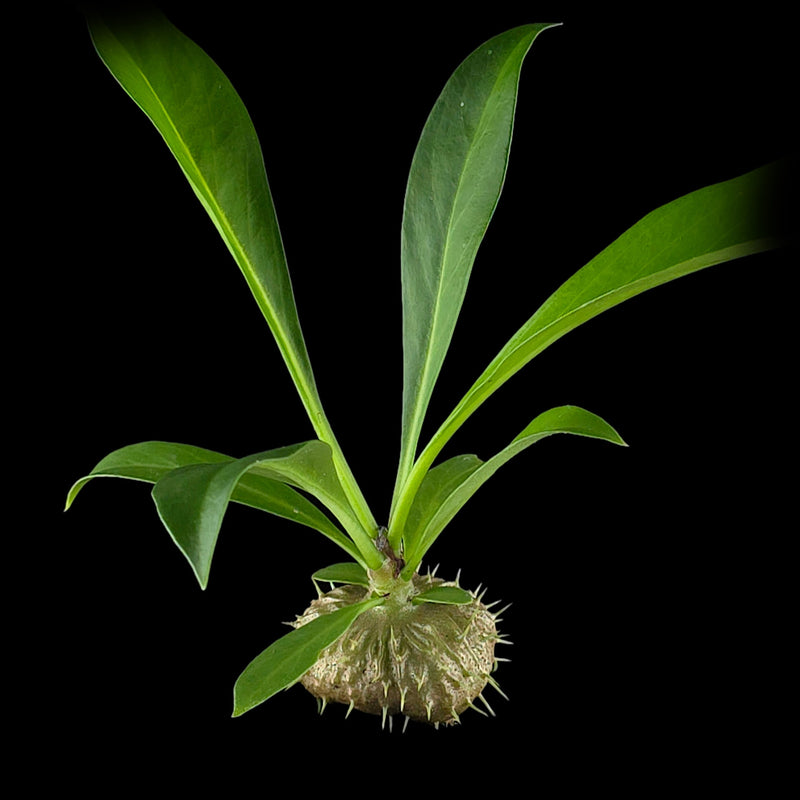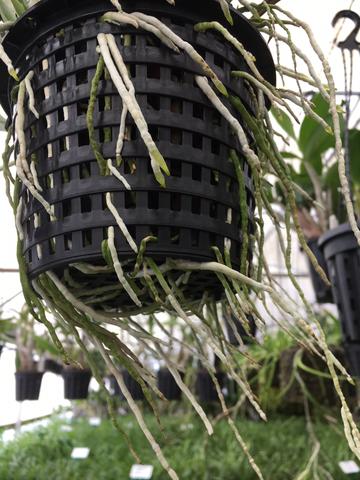






Caterpillars,inchworms,loopers and cutworms.
These are all the juvenille of moths and butterflies of various species and genus.
Grasshoppers, crickets, katydids.
These are quite intelligent insects that eat orchid blooms and new growths simply by crunching and digesting all the orchid tissue suited to their tastes. Tender young bulbs and blooms diesappear overnight with no telltale droppings (as in caterpillars) or silver trail (as for molluscs).
Rural and outer suburban areas as well as larger grassy backyards are more suited for these insects. Black field crickets and locusts may swarm in rural areas. The obvious cure is to keep them out in the first place, using a complete shadecloth screening on all walls, roof and door.
Should they opportunistically get in then a simple coating spray of carbaryl will knock them out. If you can find the insect a direct spray of Carbryl or Confidor will suffice.
I remember once seeing a 15cm 6 inch grasshopper in an orchid collection in far Northern NSW, heavens know how much damage that would do!!
Cockroaches
These seem to be a problem in more humid regions such as Sydney and North along the east coast. Once again these eat tender shoots and orchid blooms. Carbryl again is very effective. Commercial cockroach traps may be tried.

Dendrobium Beetles.
These occur from East Gippsland near the NSW Vic border all the way up the east coast to far Nth QLD. This attractive orange and black weevil like beetle are sometimes so common they swarm like flies around a dead carcus. Individual wild Dendrobium speciosums may be dozens all over it.They eat all the tissues except the roots. Leaves, canes blooms and even seed pods are all eaten until they look like lace. Fortunately these beetles only occur when epiphytic orchids grow naturally so they are currently not a problem in Melbourne, Adelaide or Perth or Tasmania.

Orchid purchasers from NSW and QLD may contact eggs larvae and occasionally live adults so care must be taken to watch for them.

Want more on this? THis little guy got a blog of his own to read
https://www.australianorchids.com.au/blogs/blog/117584517-dendrobium-beetles-stethopachys-formosa
In Pambula in the far south of NSW I have seen whole colonies of Dend. speciosum near destroyed with all the blooms and seed pods eaten.
Mice, Rats and Rabbits
Rodents when active and hungry do awesome amounts of damage. I personally have lost $2000 worth of young plants to one rat in one night. If I hadn't caught him in time he could have done over $5000 damage.


It seems that at the first sign of chill (usually mid April to mid May) rats and mice move into structures and feed vocaciously possible fattening up for Winter.
Mice on the other hand nibble away , occasionally doing little damage.
Poison soaked wheat here
Rabbits are a problem in rural and larger commercial areas or on acreage Shadecloth screening and closed tight fitting doors should be enough to keep out rabbits. Rabbit damage is obvious as are its droppings.
When rats are active, it is important to place waxed bait * secured by nails to planks of wood. You know their taking the baits when you see the blue or green waxy deposits in the droppings.

Usually near doorways or any other points where the rats may enter. The baits are nailed down because the rat will hoard them in their nest if allowed. Hopefully, the rat will ingest the baits before they find the orchids. I personally use rat traps once damage is seen as the baits take a few days to take effect.


















































